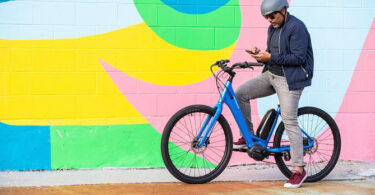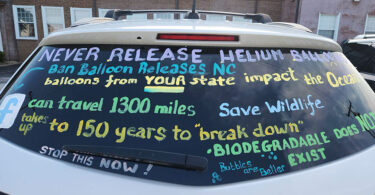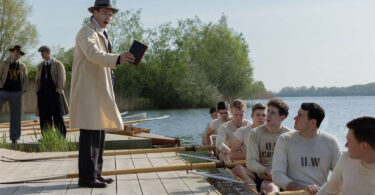The same week I camped in the backyard I asked some friends to do the same and report back with tips. My friend in Maine camped with her 4-year-old daughter, Alice, and said it was probably the best thing they could have done during quarantine. Alice was crawling in and out of the tent all day and was fascinated with the sleeping bag zipper. She was “over the moon,” her mom said, and they’ve now made backyard camping a regular activity. Below are 10 tips for making your own adventure a stellar one.
Practice. Set up your tent inside first, especially if borrowing one you haven’t used before. Outdoors, use a ground sheet or tarp to protect your tent. If you need advice on purchasing gear, Your local outdoor store is setting up appointments for virtual outfitting with an expert.
Bring an overnight bag. Nothing says “I’m going on a trip” like a packed bag by the door. Toss in your PJs, toothbrush, water bottle and a book. If you forget something, hike back to the house.
Set realistic expectations Understand, especially with wee campers, that you might not make it till morning—and that’s okay. If the night sounds are too scary or the bugs too pesky, simply head inside. With kids, know that bedtime might be later than normal. That’s okay, too.
Pack light. After sunset, bust out the fun lights. If you have a headlamp, you’ll look like a pro, but just as useful is a lantern, flashlight or book light. Outdoor stores sell cool solar-powered lanterns and string lights.
Make it extra special. Bring a telescope, board game, ukulele, podcast, tunes or scary movie—whatever makes you happy. Remember earbuds to keep your neighbors happy.
S’mores, of course. Fire pits have never seemed so essential. Pack chocolate, marshmallows and graham crackers, plus whatever other snacks or breakfast you’ll want to enjoy in your tent. Keep food in sealed containers so you’re not feeding critters outside your family.
Be comfy. Winning at backyard camping doesn’t mean roughing it to the point of discomfort. Set up a couple of camp chairs or a hammock if you have them. Each camper needs a sleeping pad, which provides an important layer of insulation (indoor blowup mattresses are not recommended). Use a sleeping bag that’s rated for the weather; if you’re not sure, check sleeping bag temperature ratings. Expert tip: Fill a Nalgene bottle with warm water and slip it into the bottom of your bag before you zip in. Don’t forget to pilfer a plush pillow from your bedroom.
Canines love camping, too. Invite your pup to join the fun, and make sure he has his own water bowl, snacks and pad or blanket. Dogs, watch those nails on the tent floor.
Go early, stay late If your schedule allows, set up the tent early in the day so kids can play inside; don’t rush to take it down the next day. Remember to let your tent and sleeping bags dry completely before storing to prevent mildew.
Try the great indoors If your outdoor space isn’t practical or safe for camping, set up in your living room or basement. Hang a string of lights, load a virtual crackling fire on your device, and set a few plants outside the tent door. No tent? Grab some sheets, blankets and brooms and dust off your fort-making skills.
Melanie D.G.Kaplan, Washington Post






